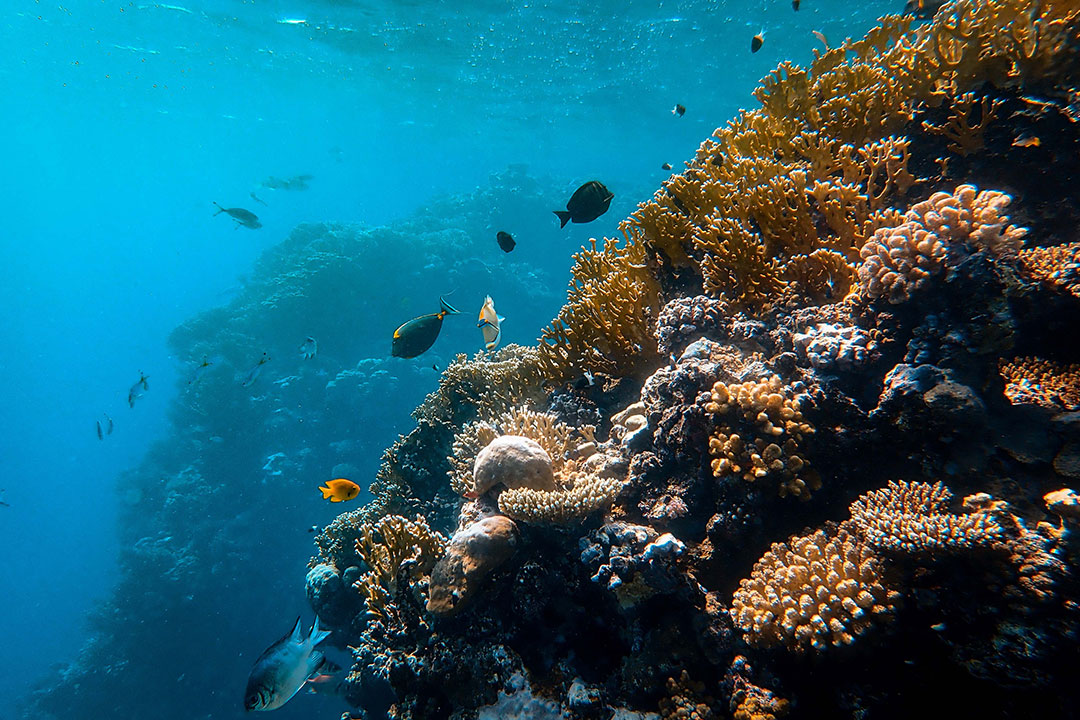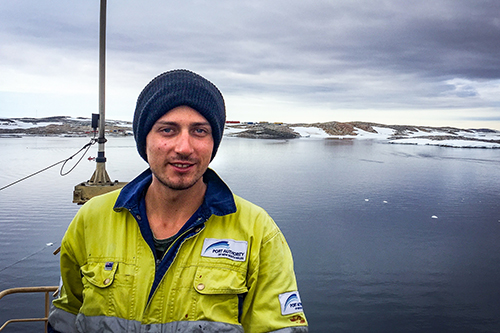Our Net Zero Commitment
Port Authority of NSW is navigating toward a safe and prosperous future together, keeping our values of care, accountability, integrity and collaboration at the core of our sustainability plan.
Our key strategic goals in this area, are to embed sustainability across our organisation and develop ethical, responsible and collaborative practices with our customers, stakeholders and port communities.
Port Authority aims to lead by example and demonstrate our strong commitment to addressing climate change through our ambitious net zero targets.
Our key net zero targets:
By July 2023, we will have defined, measured and made commitments to the reduction of our Scope 3 emissions.
By 2024, we will operate on 100% certified renewable energy for all of Port Authority’s electricity consumption.
By 2030, we will achieve a 75% reduction in absolute Scope 1 and Scope 2 emissions, based on our initial baseline measurements of 2019.
By 2040, we will reach net zero, meaning an overall balance between greenhouse gas emissions produced and greenhouse gas emissions taken out of the atmosphere.



Net Zero FAQ's
The purpose of setting a net zero target is to:
- Act proactively to address climate change to help future-proof our organisation, community and operations
- Demonstrate leadership within the sector, including the critically important international shipping sector, and joining a select few port organisations nationally and regionally to have set a net zero target
- Play an active role in the required cooperation between ports and shipping to contribute to reducing greenhouse gas emissions from ships
- Join the groundswell of corporate and government entities making net-zero commitments
- Build community and stakeholder trust and respect for setting meaningful targets and following through with meaningful action
- Drive innovation within the organisation
- Improve staff retention and attraction
- Save resources through implementation of efficiencies
Net-zero emissions refers to achieving an overall balance between greenhouse gas emissions produced and greenhouse gas emissions taken out of the atmosphere. Establishing a net zero target requires identifying all types of direct and indirect greenhouse gas emissions that are related to an organisation. The types of emissions are split into 2 categories:
Scope 1 emissions are those generated directly by an organisation such as fuel burned in company vehicles and vessels and natural gas burned at facilities. As an example, for Port Authority, this mainly consists of the fuel used in our working vessel fleet.
Scope 2 emissions are indirect emissions from the generation of purchased energy, such as electricity. For example, for Port Authority, this consists primarily of the emissions generated to produce the electricity we consume at all of our sites.
Scope 3 emissions are indirect emissions that occur in the value chain of an organisation, both upstream and downstream. For Port Authority this would include emissions from activities such as employee business travel or employee commuting, plus those from commercial vessels visiting our berths and certain operations of our port tenants.
By identifying all the emissions related to Port Authority of NSW, it allows us to create a tangible and actionable plan to reduce those emissions. In setting out a Net Zero Plan, this creates a way for us to communicate our actions for change and measure our progress towards the targets.
Please find below news & updates regarding our Net Zero progress at Port Authority of NSW:
Update October 2022 -
Port Authority has now entered into a Power Purchase Agreement (PPA) for the supply of renewable energy which meets Port Authority’s Bays Port precinct usage, six months ahead of schedule.
A PPA is a long-term commitment which ensures the energy used by a business or project results in an equivalent amount of energy being added to the grid from renewable sources. In this case, the PPA will offset Port Authority’s electricity use via the purchase of equivalent energy generated by renewable energy projects in the New England Renewable Energy Zone (REZ).
Port Authority has committed to wind power, generated at the Sapphire Inverell wind farm. Wind is currently the single source for Port Authority’s green energy offset. However, the final renewable energy supply contract includes both wind and solar with 2.5 GWh of wind power generated at the Sapphire Inverell wind farm as well as a further 1.2 GWh of solar power when the Solar Farm at Cootamundra commences generation, expected in July 2023.
The PPA contract gives twice – not only offsetting Port Authority’s power use with equivalent renewable energy coming into the supply grid, but it also creates more demand for renewable energy, meaning more investment in building renewable energy generation.







